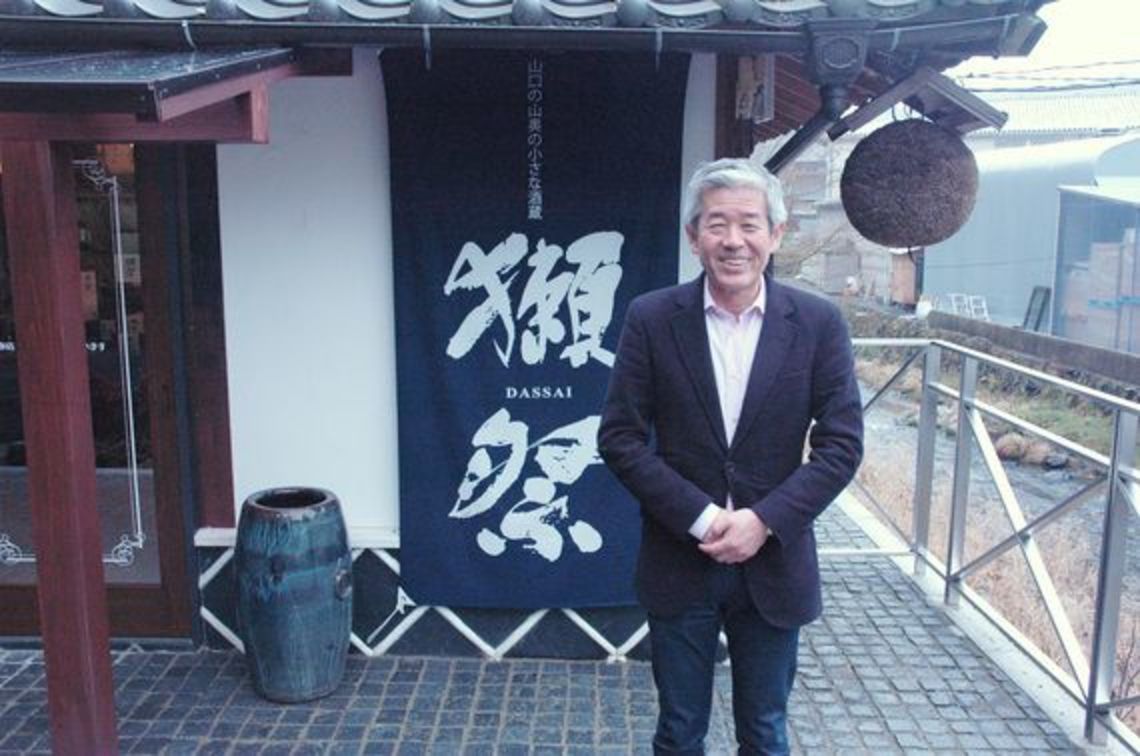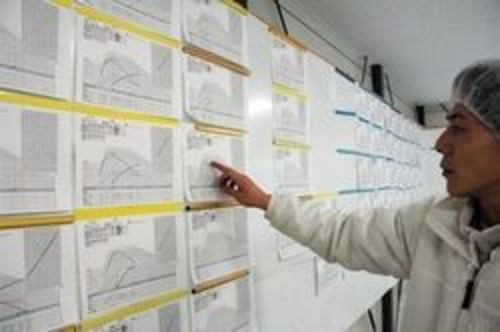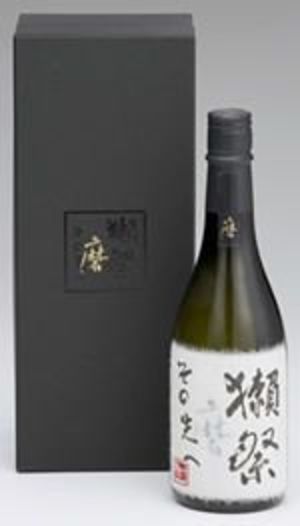
--How is data used in sake brewing?
Sake brewing was traditionally maintained by the artisan culture of the toji, or “head brewer.” At Dassai, we make sake without this head brewer. We work as a group instead of relying on a single talented individual. We use data management processes in various ways during the sake brewing process.

For example, there is a process called senmai, or “rice washing.” Our system allows us to numerically measure things, such as rice volume, wash time, and water temperature. Our system is accurate enough to adjust and maintain water absorbed by the rice at less than 0.2%.
There are small conditional changes with variations in daily temperature, so we record the numbers and try to create the best conditions for that day.
During the fermentation period, a variety of data (alcohol percentage, sake meter value, sugar levels, etc.) is collected daily, and all of it is graphed by hand. Everyday, data is used to analyze the fermentation progress so that we can decide on the next day’s temperature and so on. Dassai produces 900 bottles of sake in a year, an exceedingly large amount. We found our “ideal numbers” through repetition.
Data is not everything
We started using this style of brewing in the winter of 1999 and had the fundamentals down in the first three years. The sake data analysis traditionally performed by a head brewer was done by me, the president, instead. However, I could not keep doing it by myself. Thus, three years in, we hired someone part-time, and this part-time employee conducted the data analysis. That is how we operate today.
However, not everything can be predicted in sake brewing. Even if we use today’s techniques to analyze everything and obtain the numbers, what will happen tomorrow is uncertain. That is the limit. If we don’t recognize our own inability to know, we run into trouble. At the end of the day, a human must use the data and make the decisions.
--No matter how much data there is, a human has the final say.

People used to say that by taking the gas released from the fermenting mash and cooling it into liquid form, the same compounds that produce the fragrance of premium “ginjo sake” could be acquired.
Numerically everything was the same, but in our eyes, there was an evident difference. Putting things mechanistically leads one to see things as 1 + 1 = 2, but this type of reasoning does not work at the actual scene of fermentation.
In sake brewing, saccharification (dissolution of rice into glucose) and fermentation (conversion of glucose to alcohol by yeast) both occur inside the tank. It’s a complicated process, and we cannot know what will happen tomorrow.
The Japanese way of making things
Looking at Western civilizations, beer brewing separates saccharification and fermentation. If one knows the numbers, they can predict tomorrow. As for wine, it’s a black box from the start: whatever happens happens, and the romance of it all adds to the value.
In that sense, it makes me think that sake has been made in a Japanese way. Western civilizations changed things so they could make them into numbers, or they gave up and let chance dictate. In Japanese culture, the tradition of the head brewer specialist allowed us to deal with the problem. I think that for the talented head brewers, it was not just experience and gut feeling that made the decisions, but numbers in their heads as well.
For 90 out of 100 people, understanding “knowledge from data” as 1 + 1 = 2 and putting it to practice are good enough. For the remaining 10, the leaders, they need to understand that “numbers don’t tell you everything” and incorporate that into their leadership and decision making.
As I mentioned earlier, no matter how much data we have about today’s sake, nobody can see into the future and predict what will happen tomorrow. If you don’t understand this, you won’t be able to continue as a respectable brewer. A company with only one leader capable of making decisions is weak, but it is strong if it has 10 leaders. At Dassai, we aim to achieve this goal by trying to analyze all the data we can.
